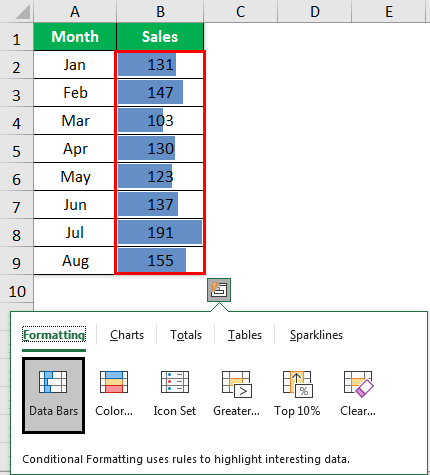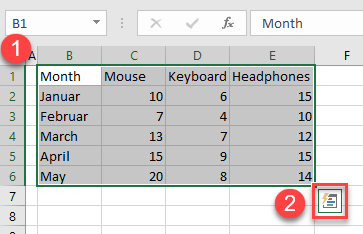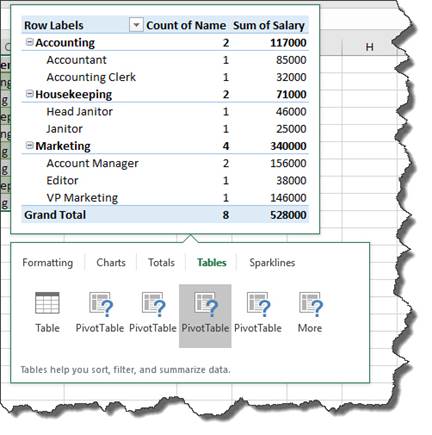

This way, you can eliminate the micro discrepancies. Select Moving average option in Trendline Options if your data shows a repetitive pattern in macro level. Moving Average calculation is not a typical trend analysis option, rather, it is a technique for smoothing data to reduce the effects of random, short-term fluctuations. In the example below you can see that the trendline continues for 10 periods after the actual data timeline. Excel can even extend the trendline to show forecast values. You can easily change the type of trendline and modify it.įor example, you can choose to display the Logarithmic trendline along with the formula of the curve. Selecting More Options in the menu or double-clicking on an existing trendline opens the properties pane. Use the arrow to see a few of your options. You can easily add a trendline to your chart by using Add Chart Elements options on the Ribbon or the top-right corner of the chart. Frankly, it would be best to leave the trendline drawing to Excel, if you are sure about the math behind it. In these types of situations, you can let Excel visualize the trendlines as well. Obviously, trends may not be easy to figure out for every data. You can see that the pattern is revealed, and the amount is increasing slightly.


On some occasions, visualization is more than enough to see the trend and predict the future. In this guide, we’re going to show you How to perform trend analysis with charts in Excel.ĭownload Workbook Performing Trend Analysis with Charts Creating a Chart Excel charts can do more than visualizing the data, like calculating and showing trends and moving averages.


 0 kommentar(er)
0 kommentar(er)
